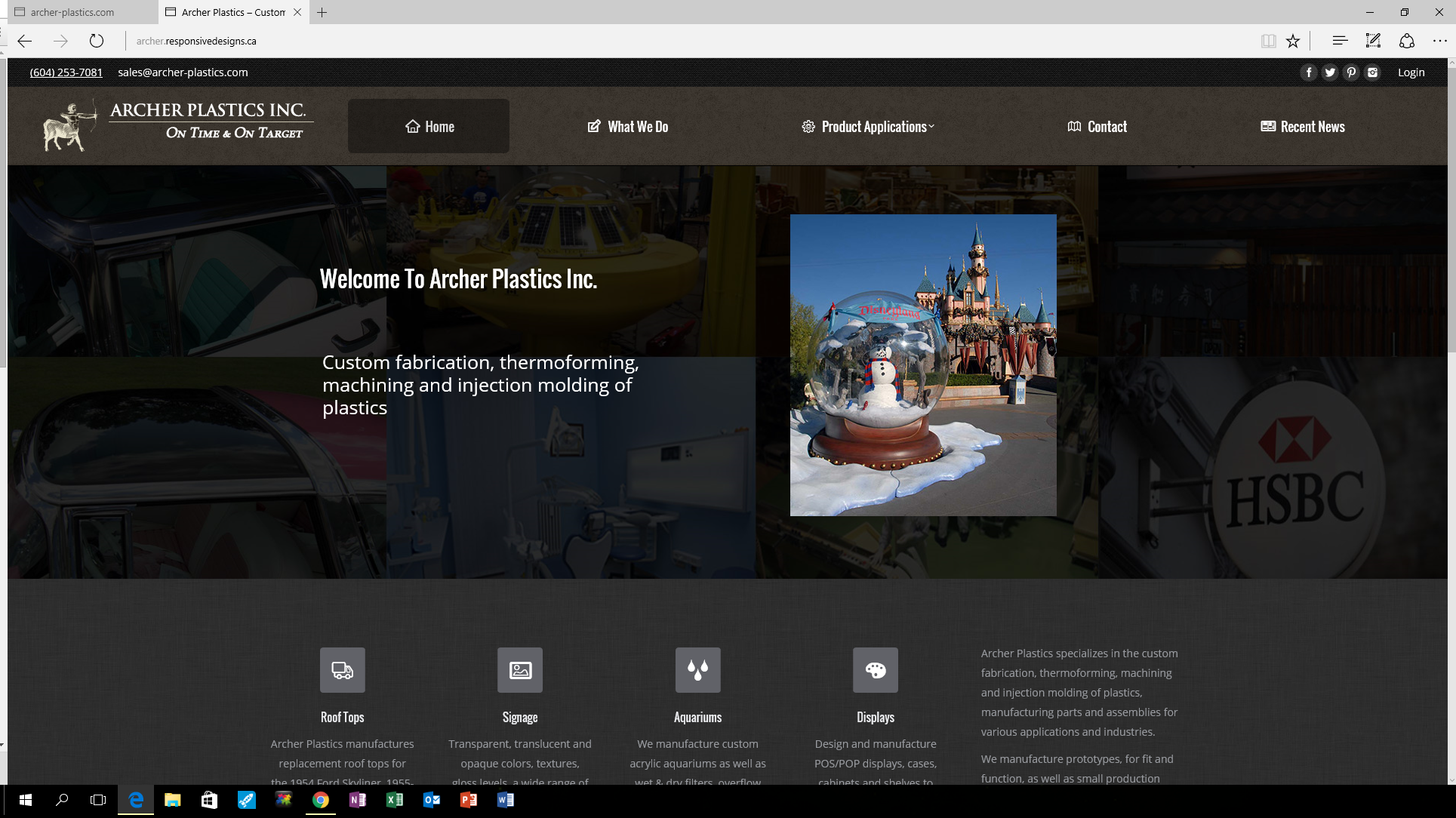Last week we discussed the first step in recruiting A-players — establishing a job scorecard. This week we move on to the next step — identifying the talent pool that most closely matches what you have laid out in the job scorecard.
 |
Before I get to the specifics of how to do this, let me talk about the effectiveness of job postings in attracting the top talent. A recent study by LinkedIn showed that 18% of all candidates are actively looking at any given time. That was pre-COVID, so that number will be much higher in some sectors, but in the plastics manufacturing space, it might even be lower.
I also think it is safe to say that is not the top 18%, so a job posting will not be very effective in attracting the person you want. Does that mean you shouldn’t try? Not necessarily, and for certain roles you may find some good people that way.
This White Paper will help you build a growth strategy to set you up for long-term success in plastic processing.
There is a mathematical component to finding top talent. The precise number can vary but you typically want to start with between 100 and 200 people. At my company we call it mapping the market. Using a variety of tools like your own network, LinkedIn, Boolean searching, and so on, you want to create a universe of the top 100 to 200 people who comprise the upper echelon of available talent for your specific role. There is an art to this, and perfection is not your goal, but if you are very skilled at doing this, and diligent, you can identify around 95% or so of the top talent pool.
If you want an A-player, you will stick to this list. There are exceptions to everything, but this is the rule. Now you have your scorecard, you have your target candidate list, and the entire hiring team is on the same page. You are ready to start recruiting, which is where we will pick up next week.
Image: Adragan/Adobe Stock




